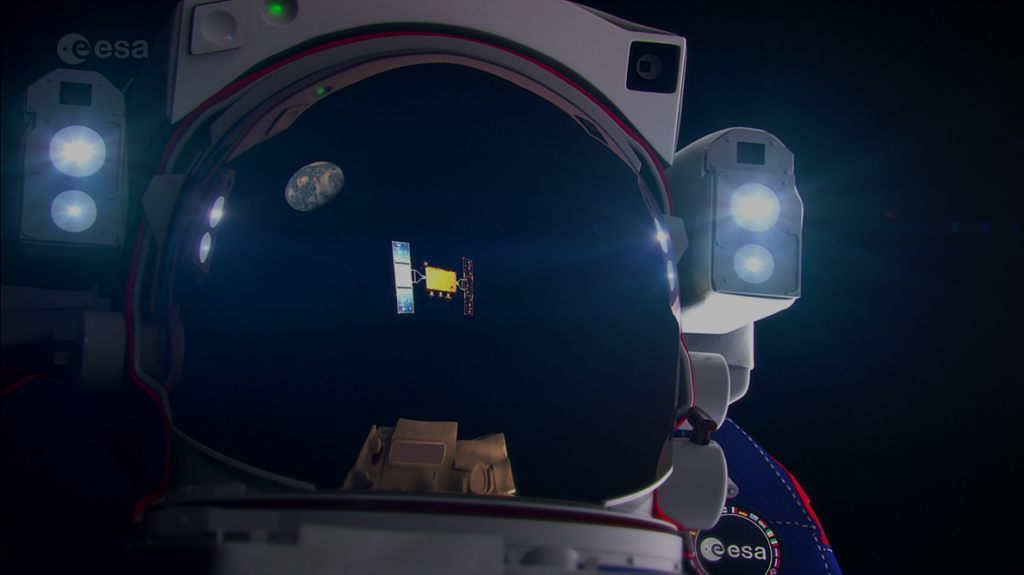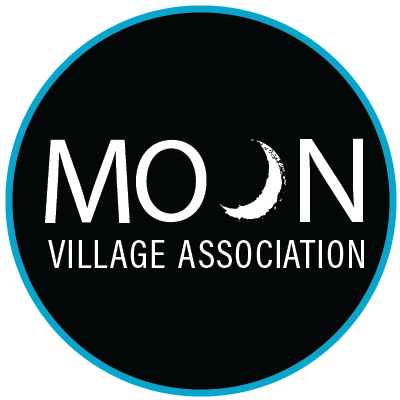
BACKGROUND AND MOTIVATION
As of today, several dozens of commercial and institutional missions to the Moon are planned for the coming decades, exceeding the number of successful lunar missions during the space race in the 60s and 70s. One of the key differences this time is that a significant proportion of these missions are supported by private capital investments and involve players that are not traditionally associated with the space sector.
In spite of the wide variety of missions planned for the Moon, a global lunar communication and navigation infrastructure is not available yet. As a result, every individual mission is currently planning its own custom solution for Direct-To-Earth (DTE) and/or own data relay communication and Earth-ranging based navigation; a duplication that is inherently inefficient and leads to complex and costly solutions for every mission.
Communication and navigation capabilities are considered essential for sustained lunar exploration and could complement other services under development, including transportation, in situ resource utilisation (ISRU) and of course human missions. The availability of a lunar communications and navigation infrastructure would enable missions to be designed more cost-effectively and would stimulate new business models, thus encouraging further private investment.
An accurate and reliable lunar communications and navigation service would allow missions to land wherever they wanted. Radio astronomers could set up observatories on the far side of the Moon. Rovers could trundle over the lunar surface more speedily. It could even enable the teleoperation of rovers and other equipment from Earth.
Using a shared telecommunications and navigation service would reduce the design complexity of individual missions and make them lighter, freeing space for more scientific instruments or other cargo, making each individual mission more cost-efficient.
Lowering the ticket price to lunar exploration could empower a wider group of ESA member states to launch their own national lunar missions. Even on a relatively low budget, an emerging space nation would be able to send a scientific CubeSat mission to the Moon, inspiring the next generation of scientists and engineers. Commercial bodies could use innovative technologies developed for the Moon to create new services and products on Earth, which would create new jobs and boost prosperity.
Last but not least, new downstream applications can be enabled by lunar communications and navigation services. A new frontier of the Lunar Economy can be initiated by the development of services in domains such as industrial manufacturing (chemical plants, mining, on site resource exploitation), or utility infrastructure, to support to exploration and exploitation of the lunar surface.
Services on Earth are another emerging area, regarding education, edutainment, infotainment, media and much more. Examples could be virtual reality games in which players manipulate lunar robots or applications to allow anybody in the world to see through the eyes of lunar astronauts. New forms of interactions could be allowed by innovative services that connects machines and humans between the lunar environment and Earth. Perhaps a new chapter for the Internet of Things (IoT) sector could take place on the Moon, where a network of robots, ‘smart’ devices and ‘smart’ infrastructures could be developed.
The younger generations could be drawn to STEM topics by connecting them to educative content in specific locations on the Moon or during crucial moments in the evolution of Lunar exploration.
The opportunities are many and mostly still to be fully understood, identified and brought to reality.

You must be logged in to post a comment.